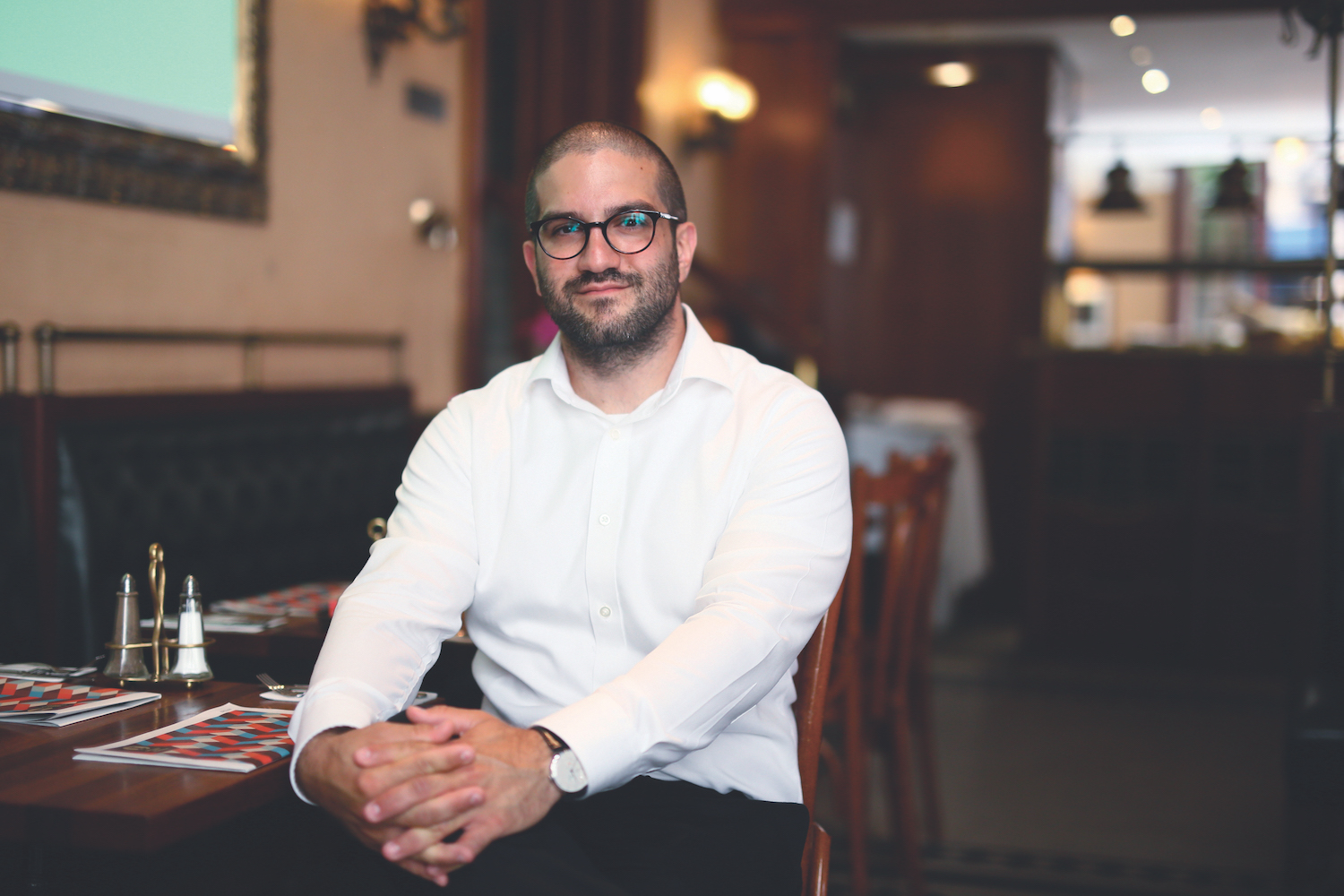Design Terminal wants to strengthen the European innovation role of Hungary with a female entrepreneur network.Continue reading

Hungary is not yet at the forefront regarding start-ups, but more and more examples show that it is possible to achieve international success. We asked László Jónás, Head of Strategy and CEO of Design Terminal, the CEE region’s most prestigious innovation agency, about the prospects for new companies and the experiences of the programs that help them.
How does the Hungarian start-up scene compare to the region?
Hungary does not have many “unicorns” (i.e., companies worth over a billion dollars), one indicator of a blooming start-up scene. Neither have we as many start-ups as leading tech countries do. But this does not mean that our innovations are less valuable. It is a small market, and start-ups have a different approach considering their growth and expansion. Unfortunately, fewer and fewer of them are ambitious enough to think globally. We believe that the first step for Hungarian companies should be building a regional network. This would boost their confidence and build a cohesive community, one that can prove to the global market that we are significant enough to make an impact. Design Terminal has been helping start-ups with huge growth potential and a definite social impact for ten years now. We are the largest innovation agency in the region, and as we are implementing an increasing number of European projects lately, we have slowly started to get recognition internationally. The story of Design Terminal alone can show companies that it is possible to build a serious international success story from Hungary.
Is there any area in which Hungarian start-ups are doing particularly well?
It is hard to say because there are success stories after which we look back and say that we are good in that area – but the causality is the other way around. Because of the success of SEON fraud prevention software, it can be said that Hungary is leading in financial fraud prevention. Hungary – based on the country’s knowledge in these fields historically – has serious potential in the agritech, space tech, and also biotech fields.

What kind of help can a start-up turn to Design Terminal for?
As an innovation agency, we run a number of different programs for companies at various stages. For example, in the space industry program, we can welcome mature businesses that are ready to build a prototype. But we just closed a program together with the National Talent Centre (NTK), where we welcomed young innovators who do not have a company yet and want to start their own. In our flagship Mentoring Program, the longest-running innovation start-up program in the country, we are looking for companies with a social impact and a minimum viable product.
You also deal with agriculture. Do you have some examples of start-ups in this area?
Agriculture is an exciting area for start-ups because it is completely global. A Hungarian development, with the right settings, can be used in Africa in the same way. In the coming decades, it will be innovations like this that will determine whether we can produce enough food or not. Our biggest success in this is a team called SMAPPLAB, who have made a little device that looks at what and how many pests are in a given area, and then based on the summary of the algorithm, tells farmers what the most optimal time and amount for spraying is. They are already present in ten countries. They have signed up for our program with the Chamber of Agriculture and have evolved from that. This is Hungary’s first and only agri-innovation program, which we support as professional partners. With the expertise of the Chamber, all these companies need to be successful is given.

Are areas like this getting young people interested in agriculture?
Our innovation competition, and “hackathon,” with the Chamber of Agriculture were aimed at getting more people from other fields to understand that there is a place for an economist or business graduate in this sector. More than fifty percent of the applicants were not from agriculture. What we see is that if you can make the challenge exciting enough and make the field understandable, you can attract people who might not have gone in that direction on their own.
Are there connections between start-ups in different industries and fields?
Our seemingly separate programs are really all about bringing together Hungary’s most talented young innovators, and our job is to get them here and meet each other, meet successful mentors and people who can inspire them, and in the end, something will come out of that which is good for Hungary.
You mentioned the space industry. What are some tangible examples of space industry development being applied in other areas?
Space is an excellent area for testing all kinds of developments being used in our everyday lives. Classic examples are the non-stick pan, the air cushion for shoes, or the odorless potato fryer. For example, we have a start-up team building a diet based on the genetic makeup of astronauts. Obviously, we are talking about astronauts for now, but this could be applied to athletes or anyone else.
Photos by Design Terminal